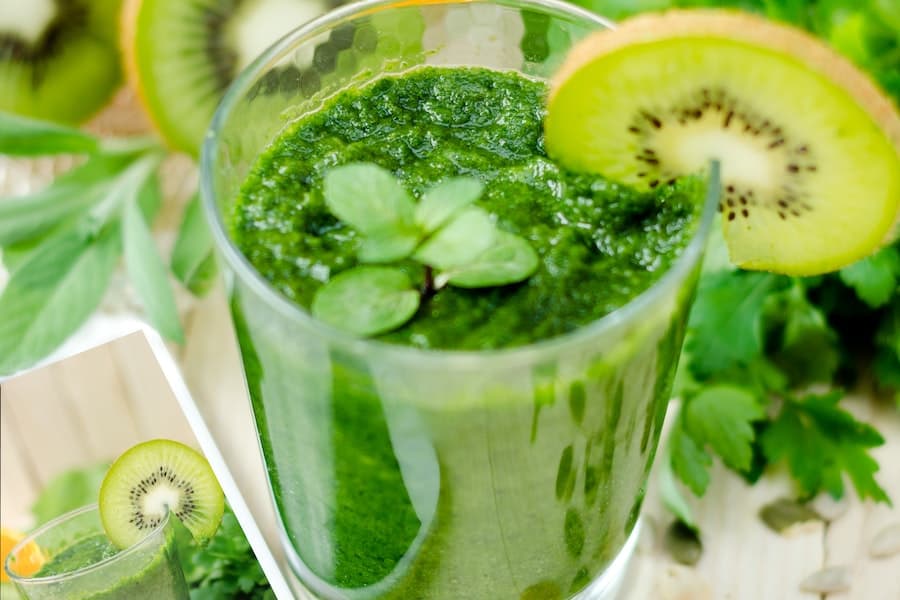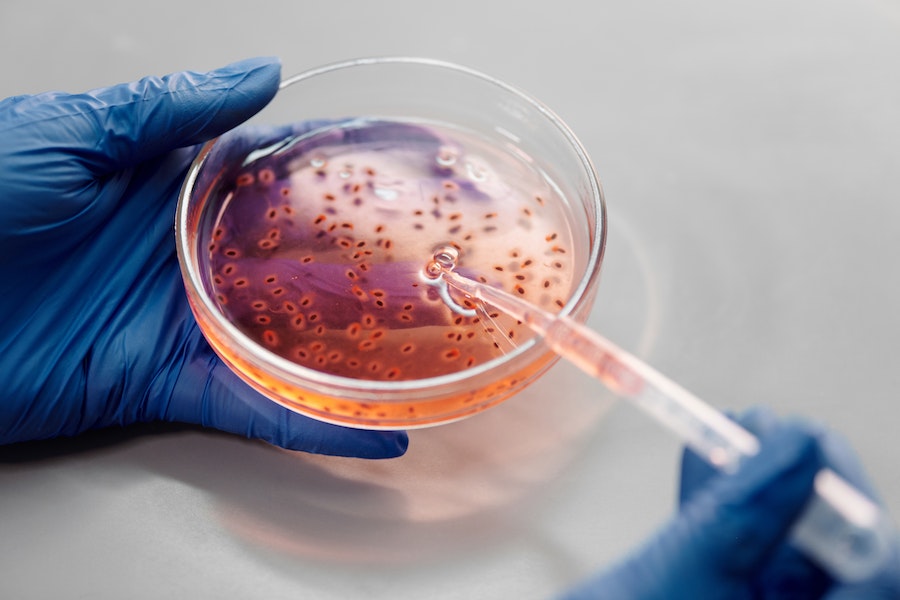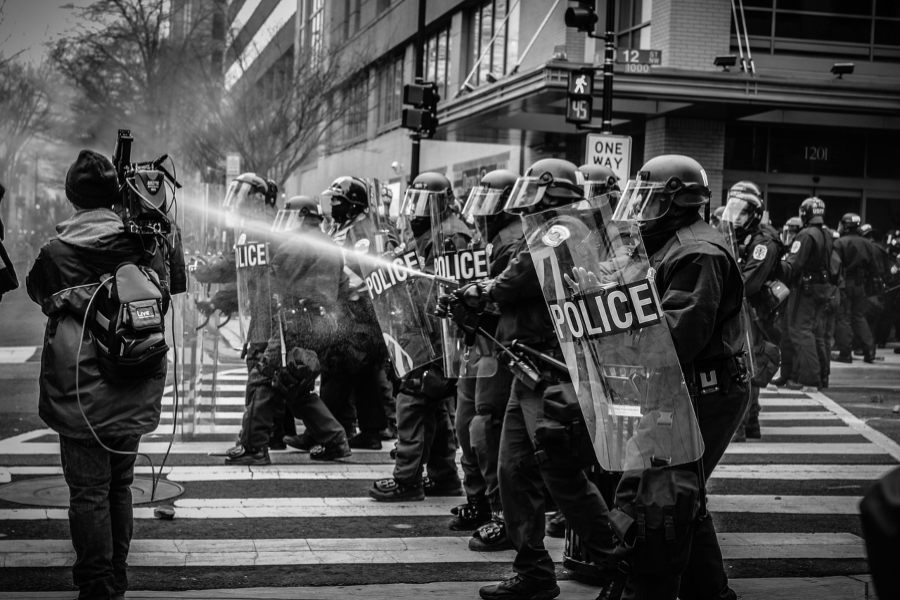Mint green, with its soothing and refreshing hue, has emerged as a popular color choice in various design contexts. This delicate and light shade of green, tinged with a subtle hint of blue, offers a versatile palette that effortlessly combines tranquility with a touch of whimsy. Whether used in interior design, fashion, or branding, understanding how to pair mint green with other colors is vital in creating harmonious and visually pleasing compositions. In this article, we will explore the art of color coordination and delve into the question: “What colors go with mint green?” By examining complementary, harmonious, contrasting, and monochromatic color schemes, we will unlock the potential of mint green as a versatile and inspiring color choice.
What colors go with mint green?
When finding colors that complement mint green, several options can create stunning combinations. Complementary colors like red, coral, and peach can add vibrancy and warmth to mint green. In contrast, analogous colors like pastel shades of green, blue, and yellow can create a harmonious and soothing palette. For those seeking a bolder look, contrasting colors like navy blue, deep purple, or charcoal gray can provide a striking contrast to mint green. Additionally, incorporating metallic accents such as gold, rose gold, or silver can add a touch of elegance. Ultimately, the possibilities are endless, and experimenting with different color combinations can help you discover your own unique and captivating pairings with mint green.
Define Mint Green And Its Characteristics.
Mint green is a delicate and light shade of green with a subtle hint of blue. It derives its name from the refreshing and cooling sensation of the herb “mint.” This particular shade of green is often described as pale, pastel, or light green with a cool undertone.
The defining characteristic of mint green is its ability to evoke a sense of tranquility and freshness. Its soft and subtle nature gives it a gentle and calming appearance, making it an ideal choice for creating serene and soothing environments. The blue undertone adds a touch of coolness and helps mint green exude a sense of coolness and relaxation.
One of the notable features of mint green is its versatility. It can be easily incorporated into various design styles, from modern and minimalist to vintage and retro. The lightness of mint green allows it to blend seamlessly with other colors, making it a flexible choice for color coordination.
Mint Green also has strong connections to nature and the outdoors. It is reminiscent of lush greenery and foliage, evoking images of fresh spring leaves or a tranquil garden. This association with nature gives mint green a sense of vitality and organic charm.
In psychology, mint green is often associated with calmness, balance, and renewal. It has a soothing effect on the eyes and can help create a serene and peaceful atmosphere. Its softness and subtlety make it an excellent choice for spaces where relaxation and tranquility are desired, such as bedrooms, spas, or meditation rooms.
Overall, mint green is characterized by its lightness, cool undertones, and its ability to instill a sense of calmness and freshness. Its versatility allows it to be used in various design contexts, and its association with nature adds a touch of organic charm.
Harmonious Color Schemes
Harmonious color schemes are combinations of colors that share a close relationship on the color wheel. These schemes create a sense of cohesion, balance, and visual harmony. When it comes to mint green, several harmonious color schemes work well:
Analogous Colors: Analogous colors are neighboring hues on the color wheel. For mint green, analogous colors include pastel shades of green, blue, and yellow. These colors blend seamlessly with mint green, creating a soothing and serene palette. Analogous color schemes are often associated with unity and are commonly used in nature-inspired designs.
Monochromatic Colors: Monochromatic color schemes involve using different shades, tints, and tones of a single color. With mint green as the base color, various lighter or darker shades of green can create a monochromatic scheme. This approach maintains a cohesive and unified look while offering depth and variation within the same color family.
Soft Neutrals: Pairing mint green with soft neutrals, such as white, beige, or gray, can result in a harmonious and elegant color scheme. The neutrality of these colors allows mint green to take center stage while providing a subtle backdrop. This combination often lends a sense of sophistication and tranquility to a design.
Pastel Palette: Combining mint green with other pastel hues, such as lavender, blush pink, or baby blue, can create a gentle and whimsical color scheme. Pastel colors share a softness and lightness that complement mint green’s delicate nature. This combination is often associated with a dreamy, feminine aesthetic and is popular in fashion, interior design, and event decor.
Nature-Inspired Palette: Drawing inspiration from nature, pairing mint green with colors found in the natural world can create a harmonious color scheme. Think of combining mint green with shades of sky blue, earthy browns, or floral pinks. This palette evokes a sense of tranquility, freshness, and organic beauty.
Identify Complementary Colors For Mint Green.
Complementary colors are those that are positioned opposite to each other on the color wheel. Regarding mint green, the complementary colors that work well with it are red, coral, and peach.
Red:
Red is the direct complementary color to green, and when paired with mint green, it creates a visually striking and vibrant contrast. The boldness of red can energize the calming nature of mint green, resulting in a dynamic and eye-catching combination. This pairing can create a bold statement in various design applications, such as accent walls, accessories, or graphic designs.
Coral:
Coral is a warm and lively hue that complements mint green beautifully. The softness of mint green harmonizes with the warmth of coral, creating a balanced and visually pleasing combination. This pairing can evoke a sense of playfulness and sophistication, making it a popular choice in interior design, fashion, and wedding themes.
Peach:
Peach is a soft, warm color that blends well with mint green, creating a delicate and charming aesthetic. The gentle nature of both colors enhances their compatibility, resulting in a soothing and harmonious combination. This pairing is trendy in feminine and romantic design styles, adding a touch of elegance and warmth to the overall composition.
5 Application In Different Design Contexts
Mint green, with its versatile and refreshing hue, finds application in various design contexts. Here are some examples of how mint green can be effectively used in different design fields:
- Mint green can be used as a wall color, furniture upholstery, or decorative accents to create a calm and inviting atmosphere. It works well in bedrooms, bathrooms, and living spaces, especially with neutrals or other complementary colors.
- Mint green can be incorporated into clothing, accessories, and footwear to add a refreshing and playful element to outfits. It is often used in spring and summer collections, conveying a sense of lightness and vitality.
- Graphic Design and Branding: Mint green is often chosen by brands seeking to communicate qualities such as freshness, eco-friendliness, or a modern aesthetic. It can be utilized in logos, packaging, and marketing materials to evoke a positive and memorable impression.
- Mint green has become a popular choice for weddings and events, especially for spring and summer themes. It can be used in floral arrangements, table settings, and décor to create an elegant and romantic ambiance.
- Mint Green can be employed in website design to create a clean and soothing user interface. It can be used as a background color or in combination with other complementary shades to enhance readability and visual appeal.
- From home appliances to stationery, mint green is often utilized in product design to bring a fresh and modern feel. It can add a touch of uniqueness and stand out in a sea of traditional colors.
Final Words
In conclusion, mint green is a versatile and refreshing color that can be paired with a range of complementary and harmonious colors to create stunning design combinations. Whether used in interior design, fashion, branding, or other creative fields, understanding how to incorporate mint green effectively can result in visually pleasing and balanced compositions. From complementary colors like red, coral, and peach that provide vibrant contrasts to harmonious color schemes involving analogous or monochromatic palettes, mint green offers endless possibilities for creating soothing, elegant, or playful designs.
FAQ’s
Q: Can I use mint green in a small space?
A: Yes, mint green can work well in small spaces. Its light and airy nature can create an illusion of space and make a room more open. Consider using mint green as a wall color or incorporating it into furniture and accessories to add a refreshing touch without overwhelming the space.
Q: Does mint green work with both warm and cool color palettes?
A: Yes, mint green is a versatile color that works with warm and cool color palettes. Its cool undertones make it compatible with cool colors like blues and purples, while its hints of yellow make it blend well with warm colors like peach and coral. It can add balance and freshness to a wide range of color combinations.
Q: Can I pair mint green with metallic accents?
A: Absolutely! Mint green can be beautifully complemented by metallic accents such as gold, rose gold, and silver. These metallic tones add a touch of elegance and sophistication to the color scheme and can be incorporated through decorative elements, accessories, or even furniture finishes.








